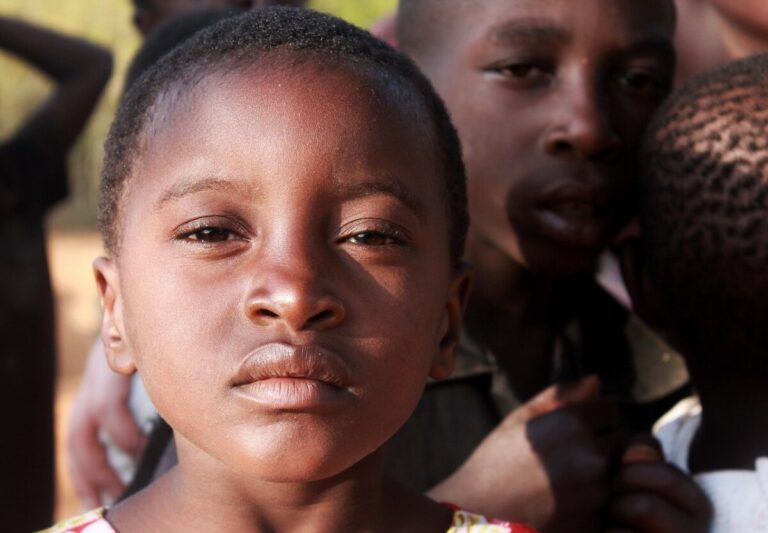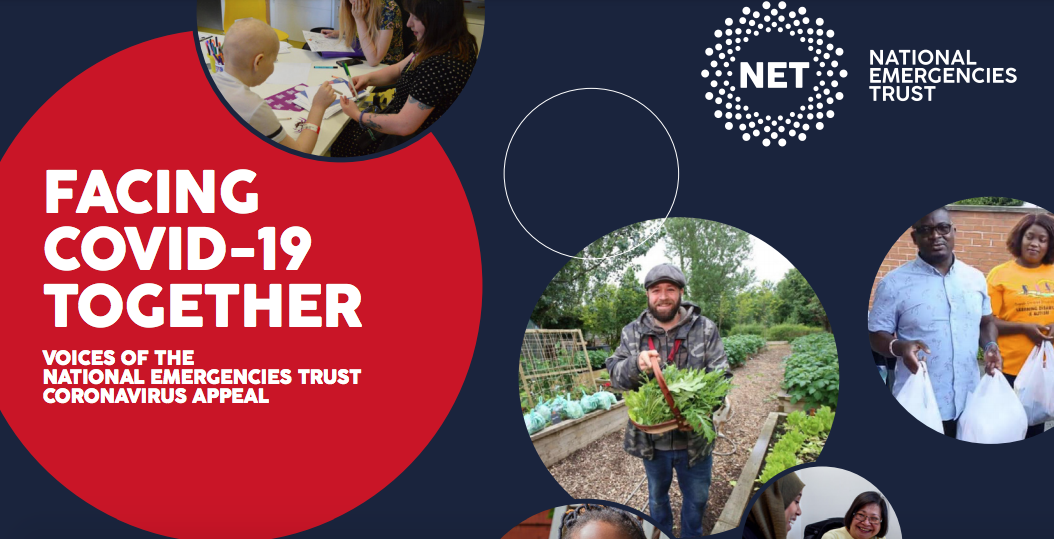Study highlights challenges of decolonising charity communications

While the British public recognises certain images used by charities for fundraising as being undignified and stereotypical, most would still donate to communications using these images, according to new research.
The study, conducted by Blue State, surveyed 1,494 individuals in the UK. It found that pictures of children and families in poverty and ‘white saviour’ images were recognised as undignified, disrespectful and unrealistic. However, those same images would be most likely to move someone to donate to an international organisation supporting children.
67% of people still say they will donate to a stereotypical / white saviour image, despite recognising that these images are problematic.
Advertisement
Out of these, almost 1 in 5 (23%) elected to donate to an image they had just seconds ago indicated as problematic and undignifying for children.
The findings held across all age groups, though younger demographics were more likely to favour neutral or positive images.
The research, from creative and campaigns agency Blue State, highlights the difficulties for charities and fundraising organisations in decolonising charity communications and moving to more ethical creative models.
Lizi Zipser, Director of Global Strategy and Insights at Blue State said:
“Traditional fundraising relies on creating a state of discomfort in donors, which they can alleviate by stepping in to help. We’ve all felt it, when faced with a communication from a charity. The images and stories touch people, making us upset that the world could be so unfair – and it’s that strong emotion that compels individuals to donate.”
“Decolonising your fundraising, and creating a more ethical model requires a complete rethinking of what your fundraising communications are trying to do. If an organisation simply relies on a model based on upsetting your donors, but then dilutes the emotion by using neutral and more rational imagery and language – no wonder some are not seeing the same results.
“It comes down to psychology and to building a programme built on other strong motivators to action. This means understanding your donors better and how your organisation fits with their identity, their need for belonging, their personal history and values, and how giving to the organisation connects them with others who also want to see a better world.”




